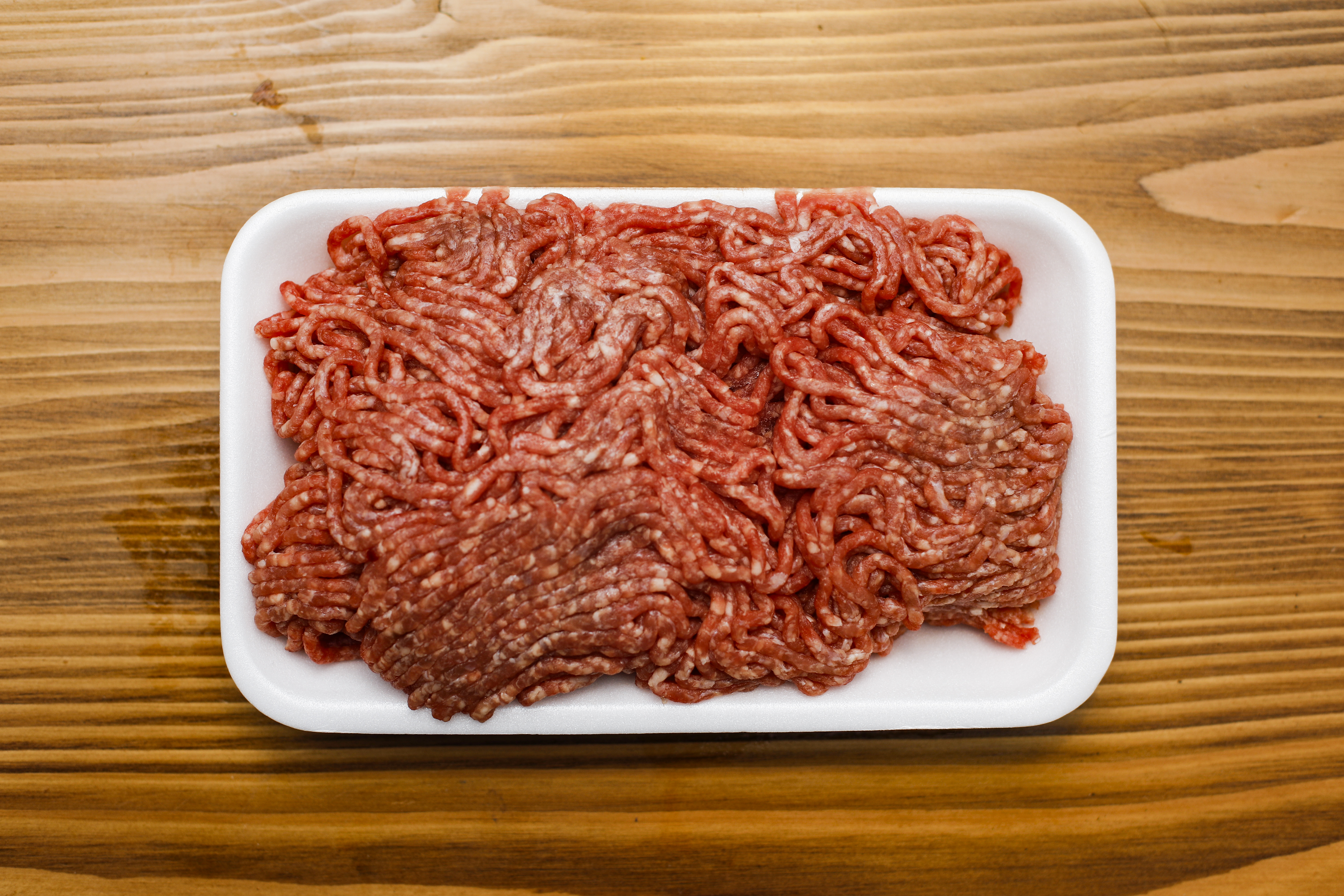For a horse like Orb, the sculpted colt that won the Kentucky Derby last week, the future holds plenty of promise. Besides earning the celebrity that comes with a high-profile victory, Orb is likely to attract the attention of breeders who would keep him healthy and occupied for the next 20 years.
But the vast majority of horses competing on North American racetracks—more than 61,000 horses last year—will spend their careers running in lower-level races, far from the public eye. Most will never see the sort of breeding bids that draw their more successful counterparts into early retirement, so they'll race for as long as they can. When their bodies wear and winnings diminish, they'll finally leave the track and head toward a future that's often uncertain and sometimes abridged.
Here are some of the places, from the stud farm to the slaughterhouse, a retired racehorse may land:
STUD FARM:
As mentioned, top-tiered horses can usually count on a future breeding career.
"There is so much more money to be made in the stud if you're successful than you could ever dream of making compared to racing," says David Switzer, the executive director of the Kentucky Thoroughbred Association. The same is true for fillies, he said. "If you have a nice female that has won major stakes races and earned some money, it could be beneficial to retire the mare and breed her toward the stallions."
In some cases, the payout an owner receives from a breeder can top the horse's career earnings.
Last year, for example, Derby and Preakness winner I'll Have Another, who earned about $2.7 million in his career, sold for $10 million to a Japanese breeder. It was an exceptional price, but quite a typical finish to a talented racehorse's career.
U.S. & World
The day's top national and international news.
Once a horse begins its breeding career, it continues to generate earnings.
Smarty Jones, the winner of the Derby and Preakness in 2004, has sired 418 foals in seven years, the last of which was born last month in Buckingham, Penn. Of those, 381 are racing age, and 192 have won races—for a total of just over $20 million in winnings. His stud fee is $7,500 per session.
Elite geldings, neutered horses, are not as lucrative once they retire. In many cases, therefore, they race longer and retire older than their fertile counterparts.
Consider the fate of the horses that ran in the 2010 Preakness Stakes: Those horses are now 6 years old, which means that by this point, most of them would have retired. Of the dozen that started in that race, seven are currently in breeding careers. One was euthanized after an injury; two geldings raced as recently as last year; one horse could not be accounted for, and one outlier, a colt named Schoolyard Dreams, continues to compete.
NEW JOB
Many industry groups encourage owners to have their horses transition to a new career when their sprinting days are over. While racehorses tend to retire by the time they're 6 or 7, horses trained in dressage, therapy or jumping can continue to work—and have value—well into their teens.
Dot Morgan, the executive director of New Vocations, which runs the largest racehorse adoption program in the country, says that thoroughbreds are particularly versitile animals.
"They can be taught to cut cows, barrel race, but what they're usually used for if they're sound and pain free, is to jump," Morgan said. "They love to jump...Horses that are coming to us that have never seen a jump before, instead of being spooked, they head right for them."
The agency, one of dozens throughout the country that accepts, retrains and finds new homes for unwanted horses, has found new purposes and owners for nearly 5,000 ex-racehorses. Most, she points out, did not arrive at one of the agency's facilities at the end of a glamorous racing career.
"These are your mares and geldings racing on the B-tracks ... and the ones that aren't owned by the well-heeled owners that can afford to retire them to their farms," she said. But every now and then a thoroughbred with impressive credentials will turn up in need of some help.
In 2012, WinStar Farms, the former owner of a Kentucky Derby alumn, got word that the horse was competing in low-end claiming races in Arizona and California. Advice, who placed 13th in the 2009 Kentucky Derby, was a gelding and therefore unable to be sold to a breeder after the Derby. Instead, Advice was sold to a new owner who raced him for three more years. After learning the horse's fate, the former owner claimed the horse back and sent it over to New Vocations. There, Advice wound up training as a hunter/jumper, and was eventually adopted by somebody in Michigan, where the horse now lives.
SLAUGHTER
While domestic "kill markets" dried up when the last U.S. slaughterhouses closed in 2007, the lure of overseas slaughter money—not to mention the financial burden of maintaining a horse that's no longer profitable—still sends tens of thousands of horses to their death in foreign facilities each year. According to data compiled by the ASPCA, more than 166,000 American horses were sent to Canada and Mexico for slaughter last year.
"It is well-documented that many racehorses end up at slaughter auctions within a week of their last race, despite the fact that many tracks aross the country have policies opposing this practice," said Nancy Perry, the senior vice president of ASPCA governmental relations.
Grim as that is, many more horses were shipped off to slaughter when U.S. facilities were still producing horsemeat for human consumption. In 1990, when numbers peaked, more than 410,000 American horses met their end in a slaughterhouse.
RESCUE/RETIREMENT FACILITIES
Even second careers have their limits. Horses can live into their late 20s and even those that are able to smoothly transition into second careers will not be able to keep them forever. By the time they enter their late teens, it's unlikely that they'll continue to be used in equestrian events like hunting and jumping and may no longer be useful to breeders. Even younger horses can become sick or injured and need to permanantely retire.
The Unwanted Horse Coalition, an alliance of organizations dedicated to eliminating the problem of unwanted and abandoned horses, does not have an exact figure to measure the scope of the problem. But the group notes the annual slaughter numbers and says that there are not enough placement opportunities, volunteers or funding for all the unwanted horses in the country.
The Coalition lists a number or farms, facilities and organizations that accept and care for abandoned horses. And for the occasion when no better option is available, it lists an estimated price for euthanasia: $66, not including disposal (burial, rendering or incineration). Those fees, according to the American Association of Equine Practitioner’s National Fee and Market Study released in 2001, can range from $75 to $250 for rendering and up to $2,000 for incineration.



